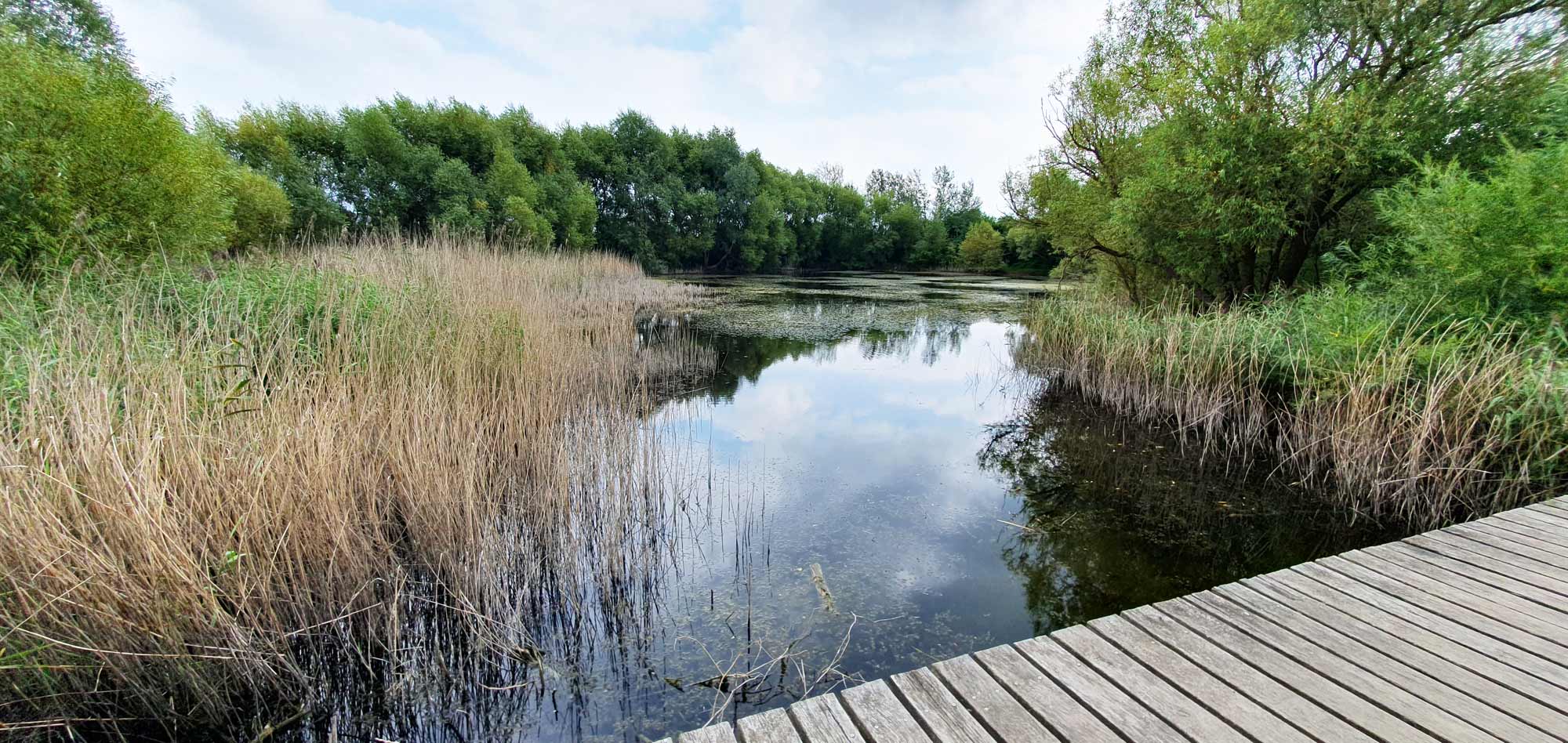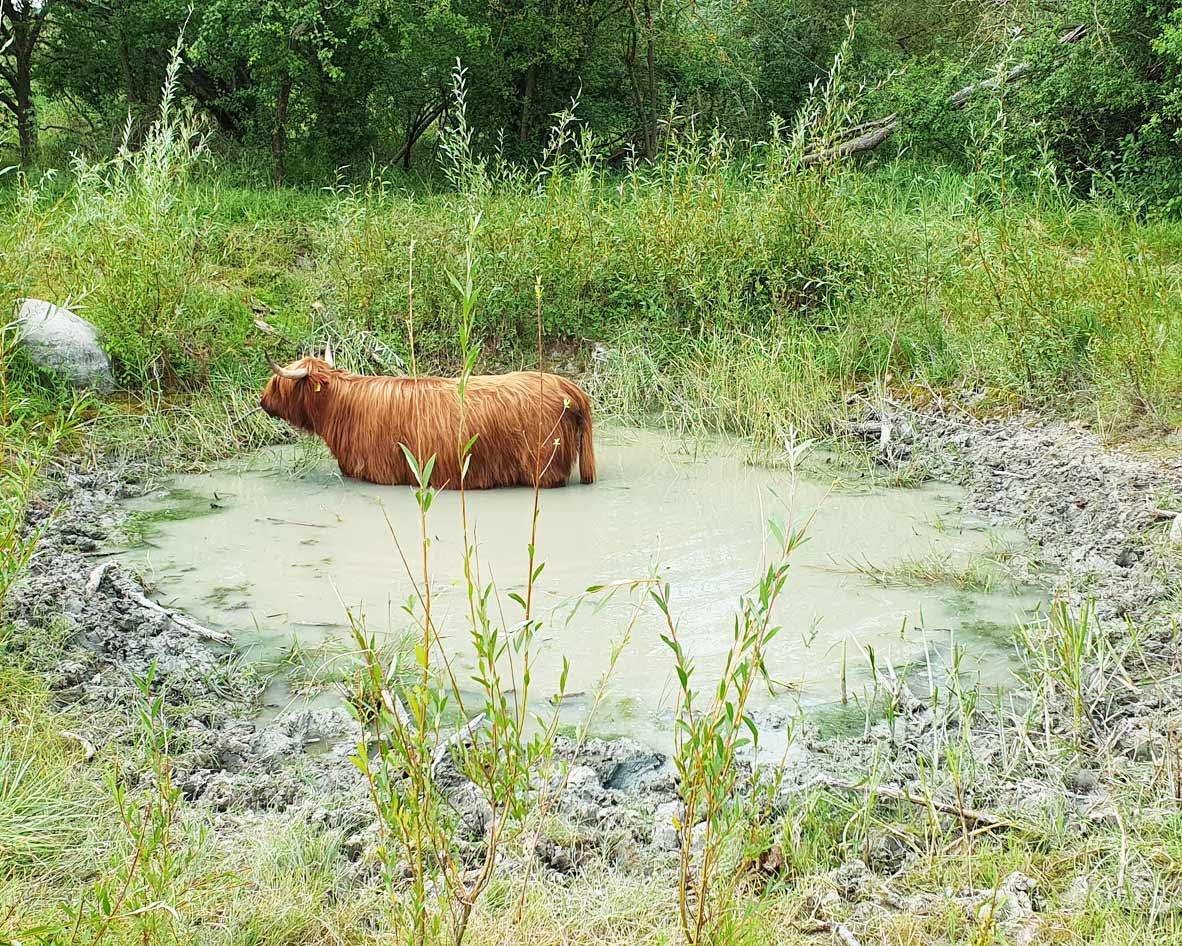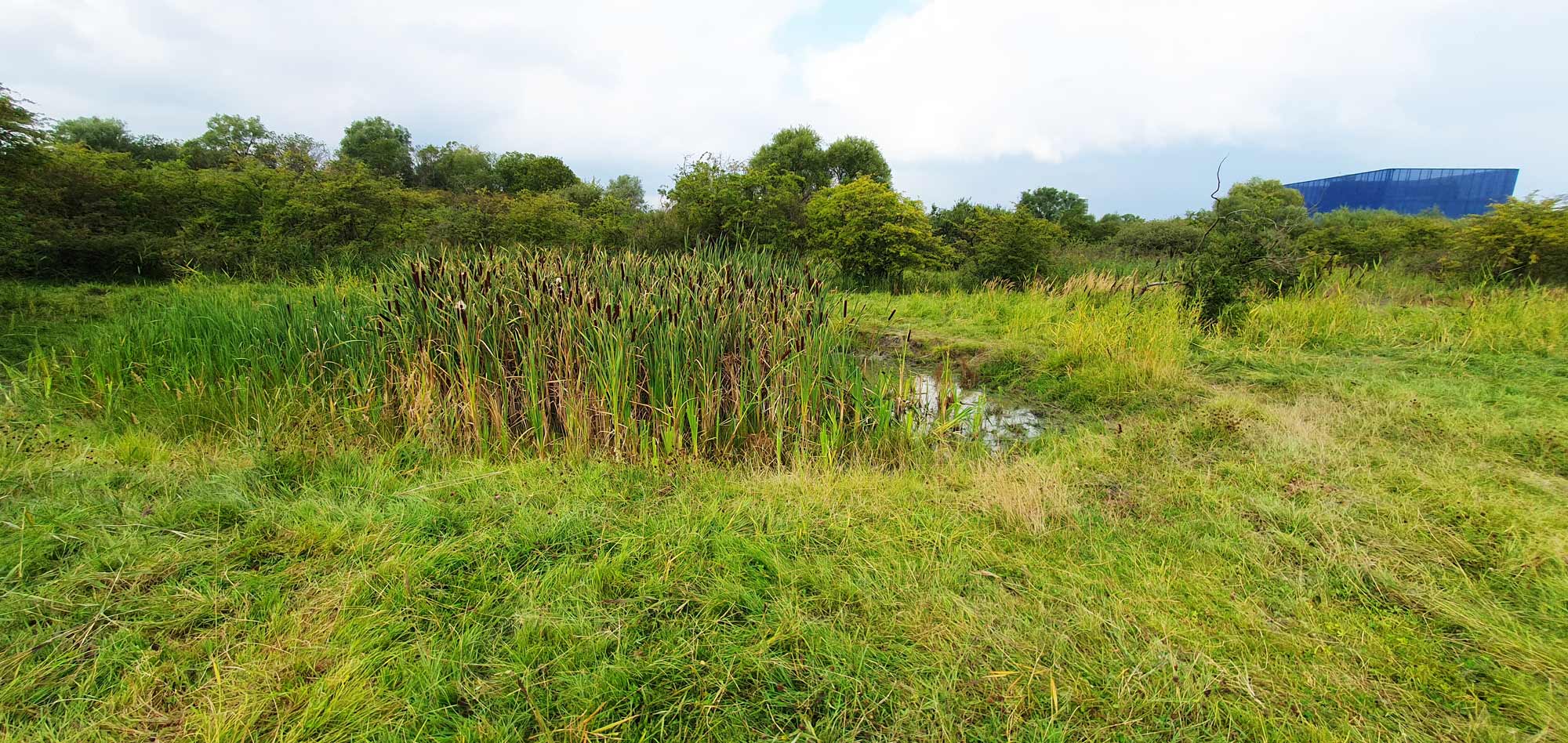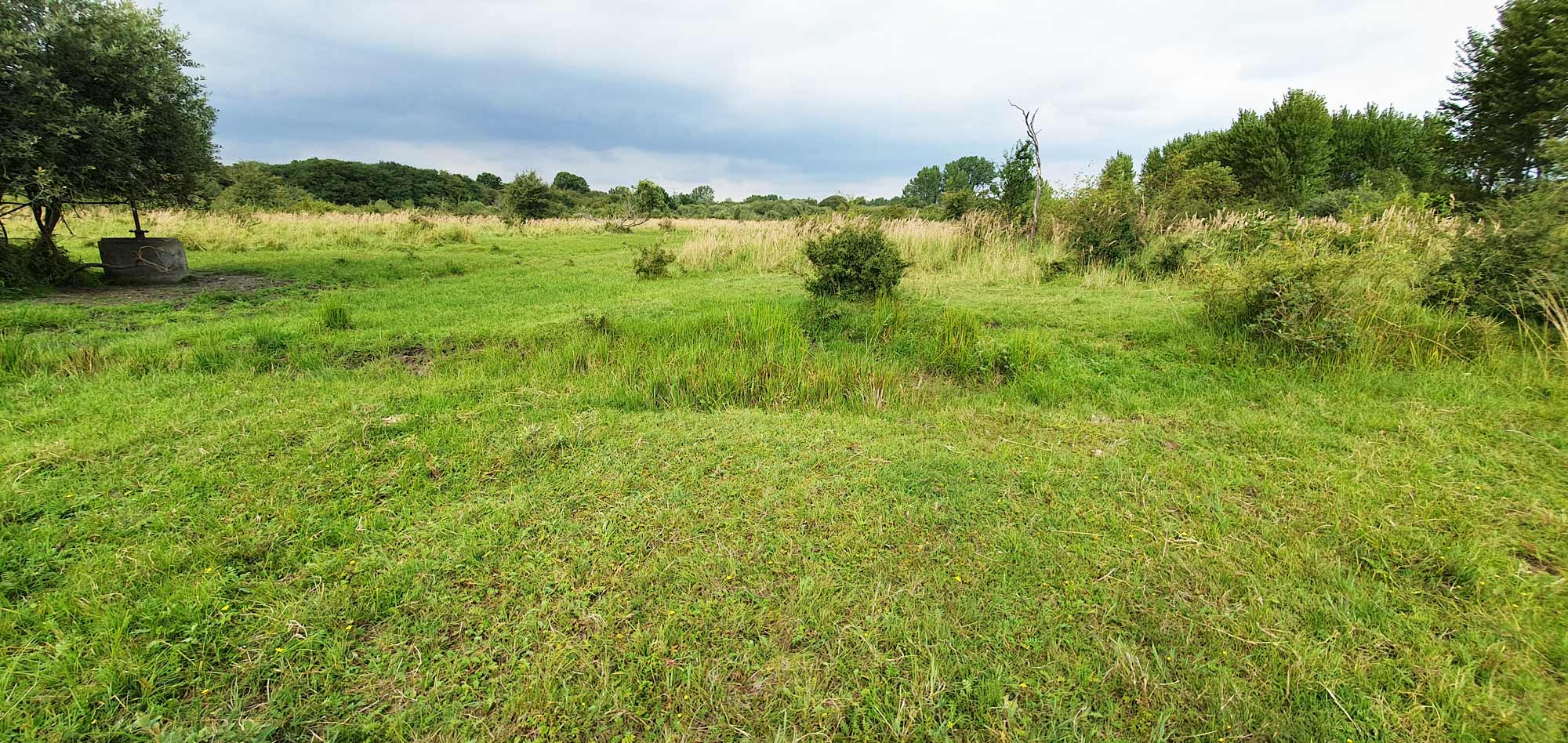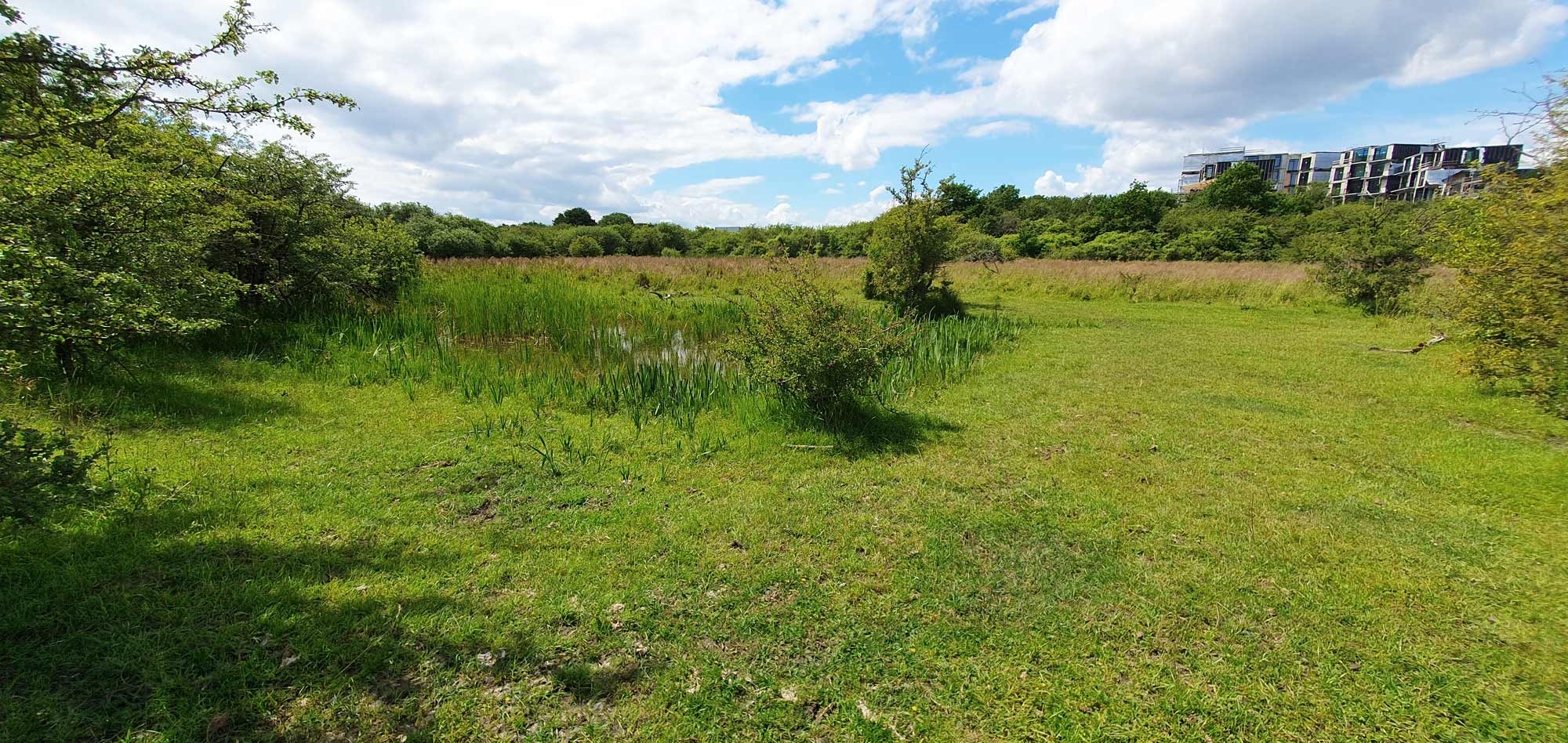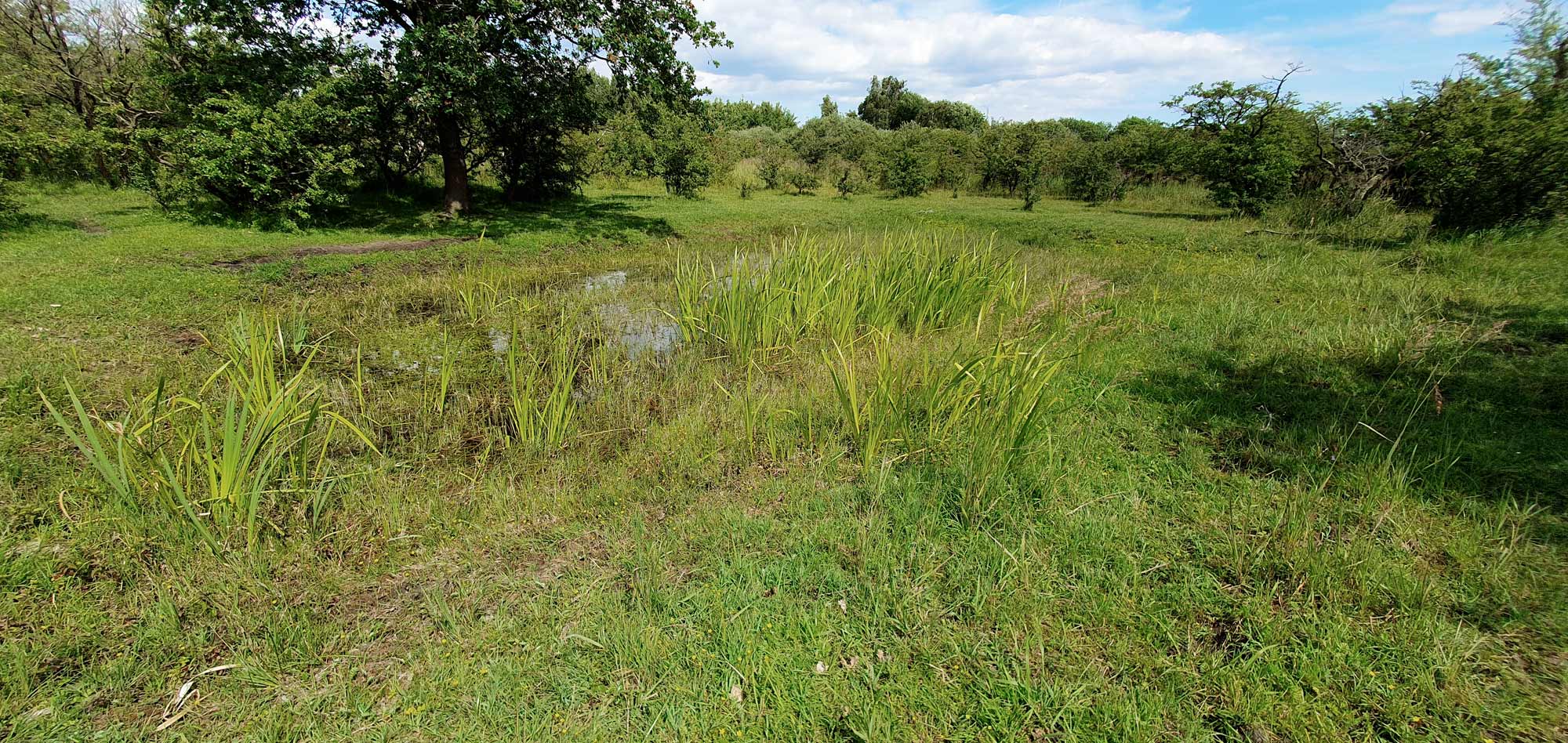
| Home | Butterflies | Dragonflies | Birds (media) | Flora & Fauna (media) | Observations | Species | Mexican Species |
| Download Checklists | Links | My 5 Chickens | Other Photos | The Birding Program | About | GPS | News |
Locality
Amager Fælled
(Denmark)
283
Description:
A fill-up locality, in older days used as a garbage dump for the larger part of the city. The strip along the eastern border has always remained natural habitat, Strandengen - beach and coastal meadows, but the area has status as an urban park now and is under pressure from an increasing population and use, as well as land claims, especially in the southern part where a new housing project is being build in these years, 2024-25.
The habitat is mostly a mix of open grassland and hawthorn thickets. In the north there is a more forest-like grove and along the eastern border a larger reed-surrounded lake, Grønjordssøen, that some years dry out. In the center of the area larger hills have been created serving as lookouts. Along the old beach meadow strip along the eastern border several minor waterholes can be found, and another larger lake, Vagthussøen, is found on the plateau near the open grassland area in the south. A newly constructed canal is winding its way through the northeast part of the area, continuing into the neighboring part of the city.
ACCESS (free 24/7):
Limited by Artillerivej in the west, Vejlands Alle in the south and Ørestads Boulevard in the east. You can access the area on foot or bike, and from all sides where paths reach the perimeter, see map.
The habitat is mostly a mix of open grassland and hawthorn thickets. In the north there is a more forest-like grove and along the eastern border a larger reed-surrounded lake, Grønjordssøen, that some years dry out. In the center of the area larger hills have been created serving as lookouts. Along the old beach meadow strip along the eastern border several minor waterholes can be found, and another larger lake, Vagthussøen, is found on the plateau near the open grassland area in the south. A newly constructed canal is winding its way through the northeast part of the area, continuing into the neighboring part of the city.
ACCESS (free 24/7):
Limited by Artillerivej in the west, Vejlands Alle in the south and Ørestads Boulevard in the east. You can access the area on foot or bike, and from all sides where paths reach the perimeter, see map.

